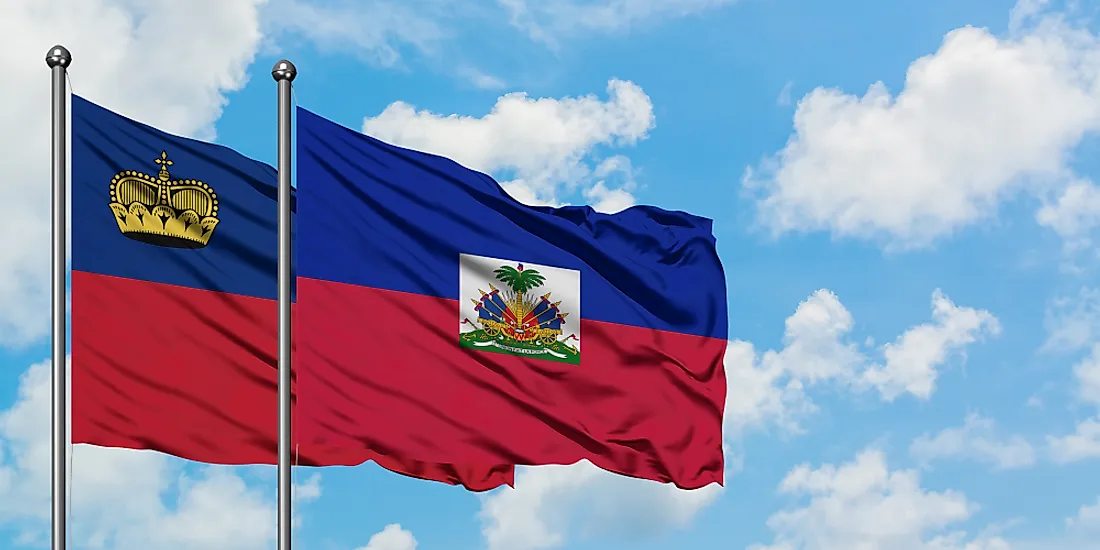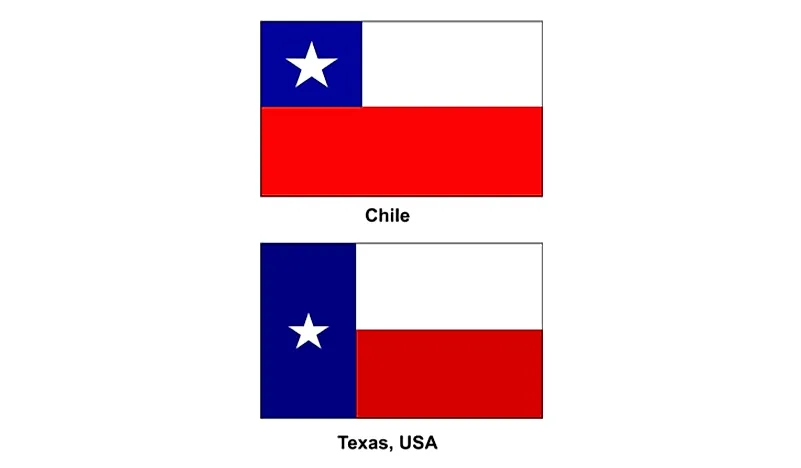The capital of Colombia is Bogotá, which is located in the Altiplano Cundiboyacense in the southeastern region of the country. This savannah area sits in the Eastern Cordillera of the Andes mountain range, giving Bogotá an altitude of 8,660 feet above sea level. Additionally, Bogotá is bordered by the Bogotá river and the Sumapaz Paramo, the largest alpine tundra ecosystem in the world. This city was founded on August 6, 1538 by Spanish colonialists to serve as the capital of the New Kingdom of Granada. It has maintained its status as capital since then.
With the city limits, Bogotá has a population size of just over 8 million individuals. In the entire metropolitan area, however, that number increases to more than 10 million. This size makes Bogotá the most populated city in the country. Rapid industrialization has driven the population up, as individuals move here from rural areas in search of economic opportunities. The vast majority (98.27%) of the residents in Bogotá identify as mestizo, which is a mix of indigenous and European ancestry. Only 1.5% identify as Afro-Colombian and .2% as indigenous.
Bogotá is a popular destination for tourists. In fact, this city generates more than half of the tourism industry in Colombia. In terms of lodging, this city offers everything from luxury hotels to backpacker hostels and the same can be said of dining options. Some of the most popular attractions in Bogotá are museums, including the: Gold Museum, Currency Museum (Casa de Moneda), Museum of Colonial Art, Museum of Emeralds, and National Museum (the oldest in Colombia). In addition to the museums, Bogotá offers a number of outdoor activities like botanical gardens, parks, and hikes to beautiful city views.
Bogotá is located within a subtropical highland climate range, which means it is similar to an oceanic climate with mild summers and relatively dry winters. The warmest average temperature is felt in March, when the highest temperature reaches around 67° fahrenheit. During the majority of the year, Bogotá is covered by a thick fog in the mornings. Every year, this city receives an average of 39.84 inches in precipitation. Most of this falls as rain in September, October, November, April, and May. The least amount of precipitation falls in January, July, August, and December.
This page was last modified on May 1st, 2018
More on Graphicmaps

Published on 2019-11-06
What is a Trade Embargo?

Published on 2019-11-04
Which Two Countries Used to Have the Same Flag?

Published on 2019-09-16
What Is the Only Two-Sided State Flag?

Published on 2019-09-16
Which Country Flag Looks Like the Texas Flag?

Published on 2019-08-29
Flags That Resemble the US Flag

Published on 2019-08-20
